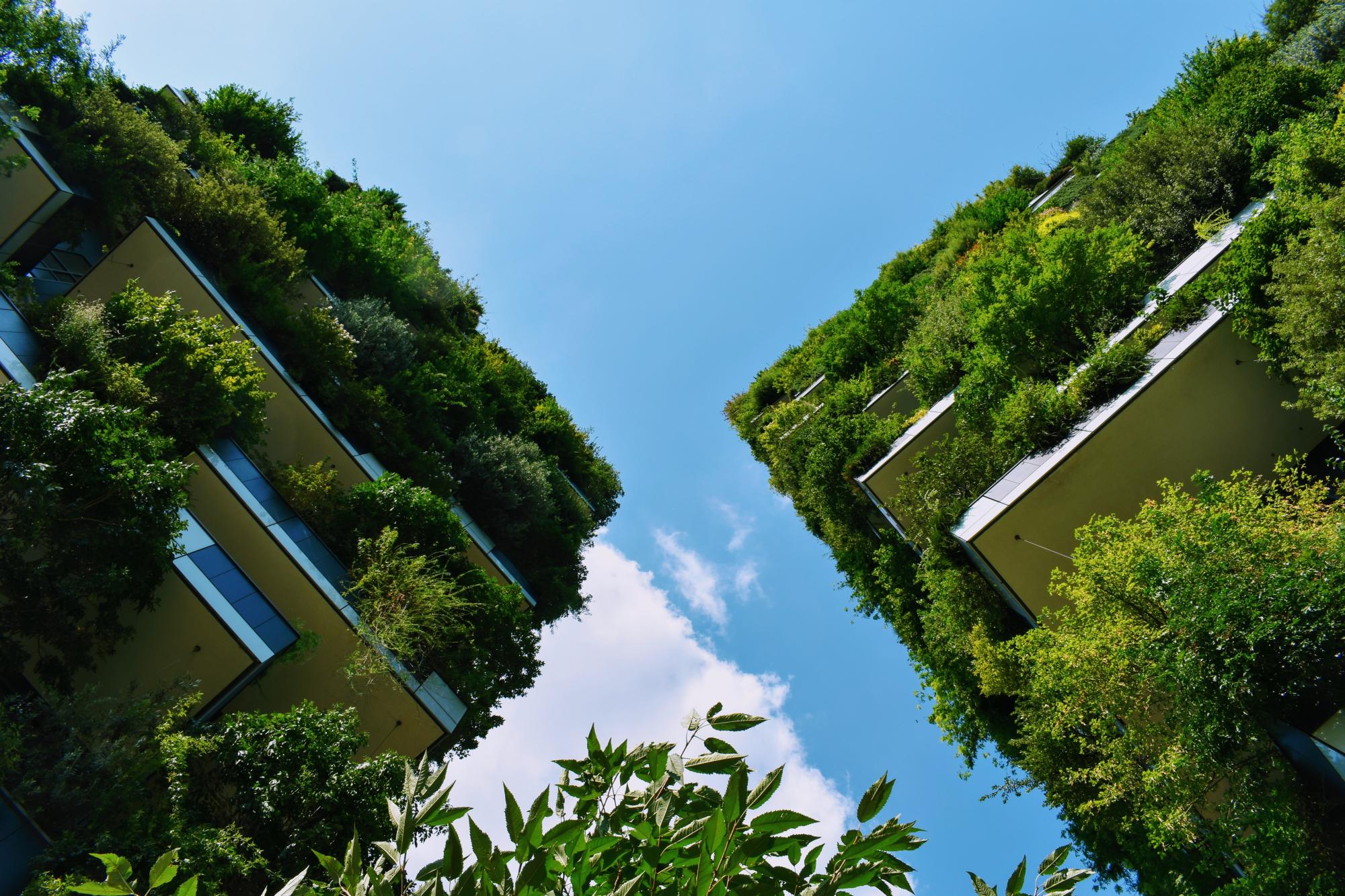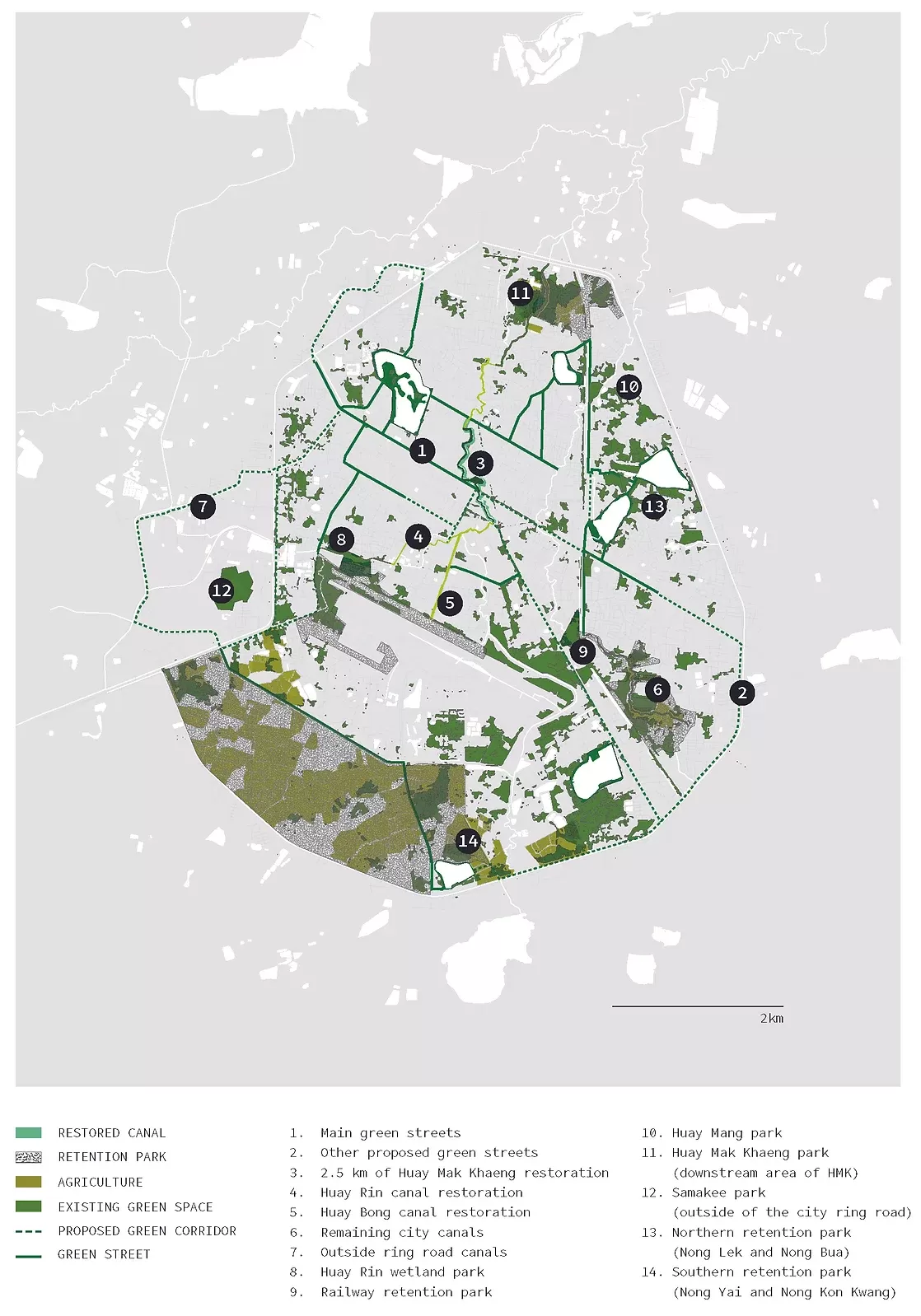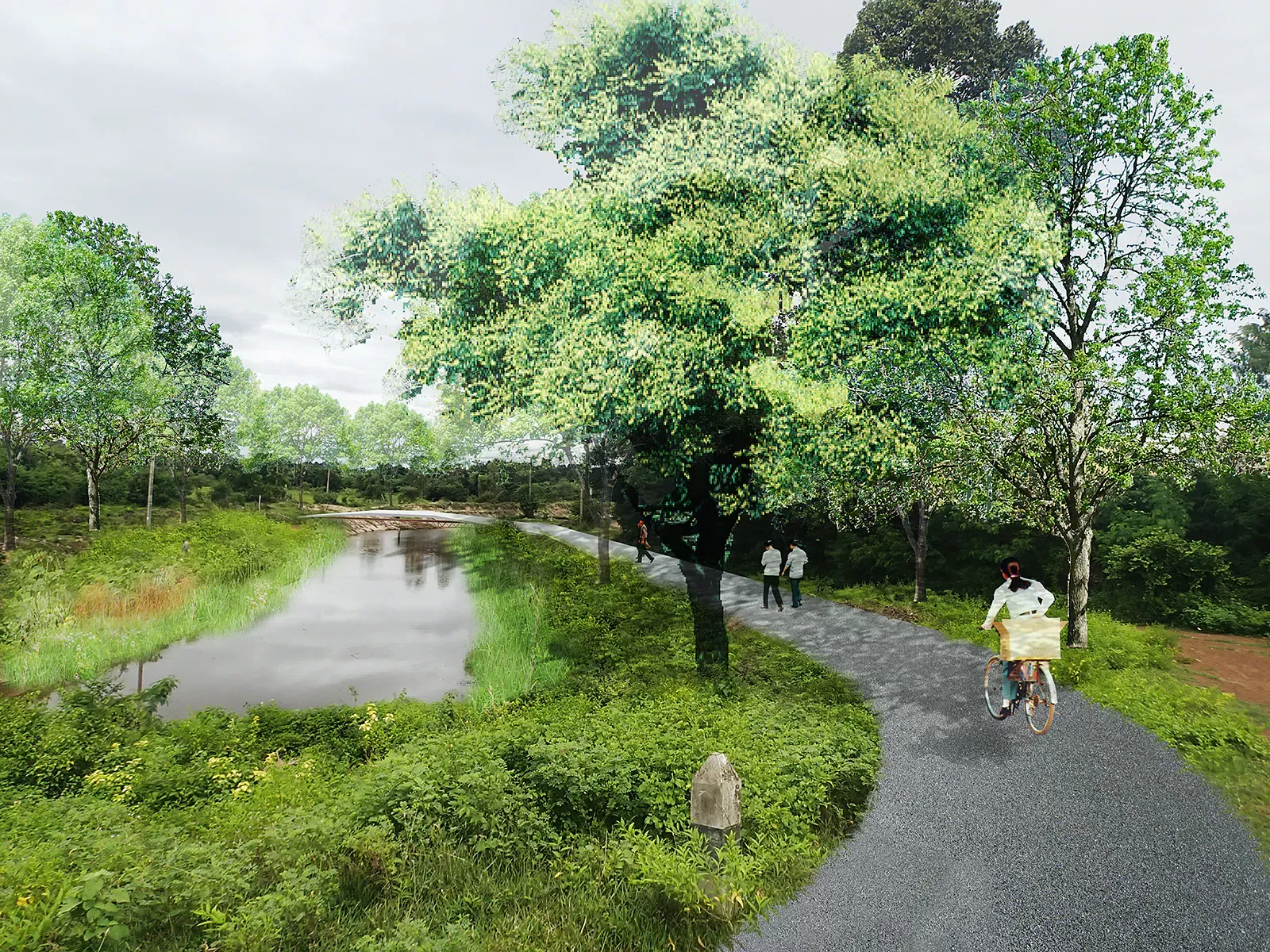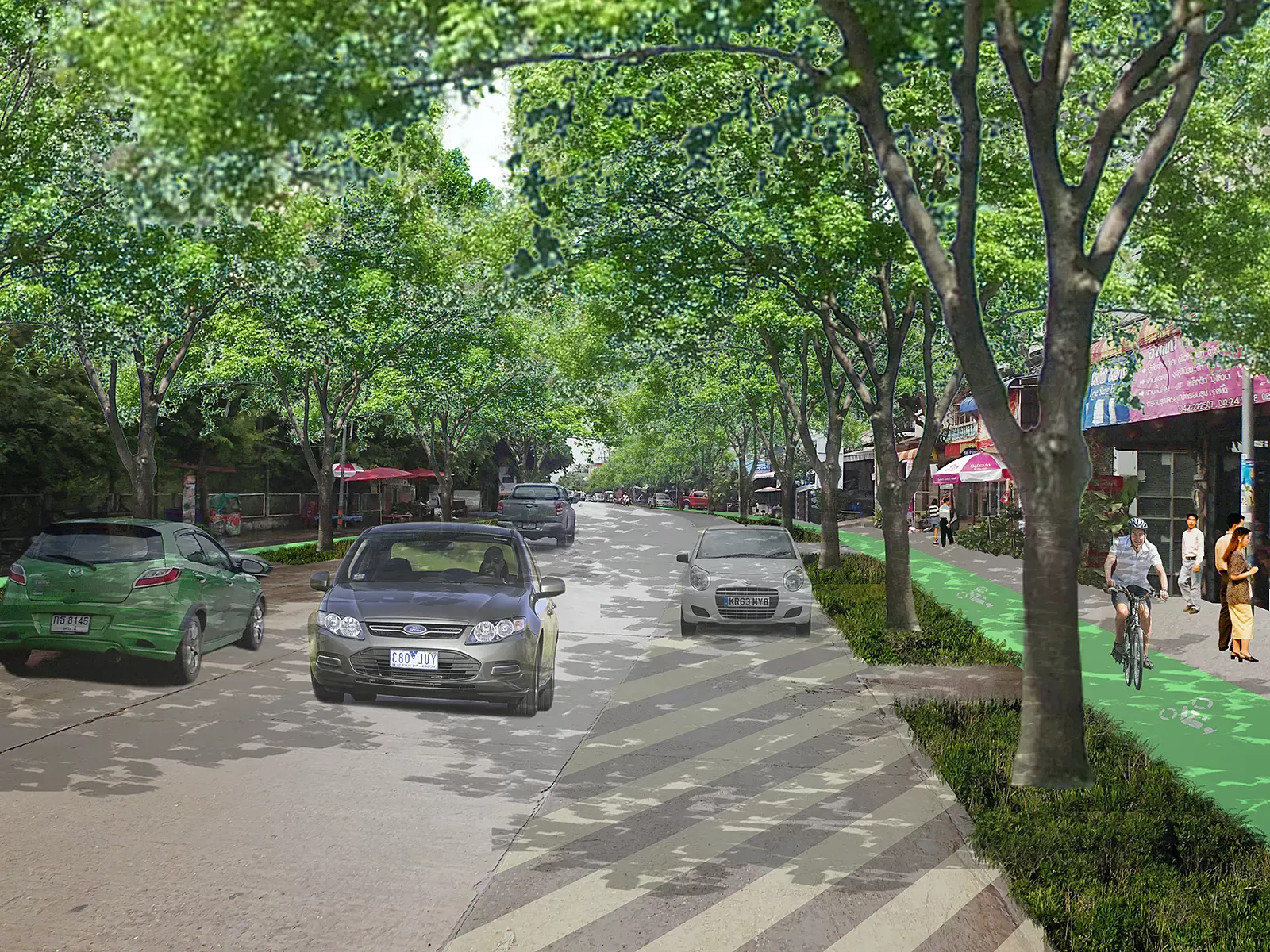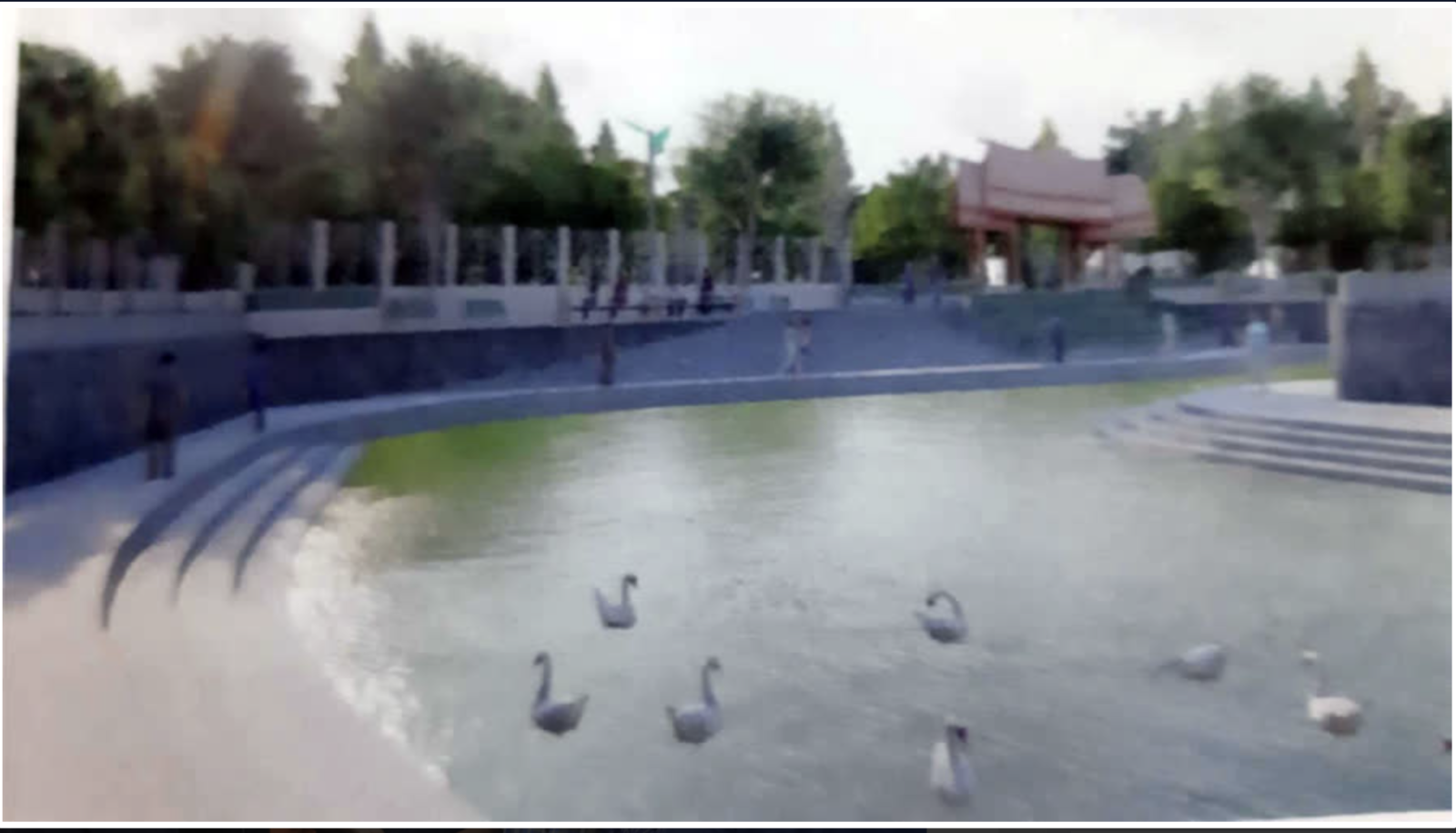The green infrastructure master plan of Udon Thani aims to prepare the city for the future development challenges by offering a new infrastructure network that can mitigate flood and drought while enhancing community and public space within the municipality. Udon Thani is an important economic city in the northeastern part of Thailand and is growing rapidly. With urbanization and climate change trends, the city is experiencing water supply and flood challenges. The masterplan consists of four main design strategies including canal restoration, green streets, retention parks and wetland areas. All four mains strategies create multi-functional spaces that promote environmental and social benefits together. Aside from slowing water flow which allow infiltration and retaining water, these spaces act as park and community garden which offer passive and active recreational activities. In total, 14 sub-projects were proposed together with cost-benefit analysis. (Ref. 1,2,3,4) Currently, the first project is under construction, which is a canal restoration (Huay Mak Khaeng). The construction is expected to finish in 2024. (Ref. 6,7,8)
Overview
Nature-based solution
- Blue infrastructure
- Rivers/streams/canals/estuaries
- In-land wetlands, peatlands, swamps, and moors
- Community gardens and allotments
- Community gardens
- Green areas for water management
- Sustainable urban drainage systems
- Grey infrastructure featuring greens
- Alley or street trees and other street vegetation
- Riverbank/Lakeside greens
- Parks and urban forests
- Pocket parks/neighbourhood green spaces
Key challenges
- Climate action for adaptation, resilience and mitigation (SDG 13)
- Climate change adaptation
- Green space, habitats and biodiversity (SDG 15)
- Habitat and biodiversity restoration
- Habitat and biodiversity conservation
- Green space creation and/or management
- Regeneration, land-use and urban development
- Promote natural styles of landscape design for urban development
- Water management (SDG 6)
- Flood protection
- Stormwater and rainfall management and storage
- Health and well-being (SDG 3)
- Enabling opportunities for physical activity
- Creation of opportunities for recreation
- Inclusive and effective governance (SDG 16)
- Inclusive governance
- Effective management
Focus
Project objectives
Implementation activities
Climate-focused activities
Climate change adaptation:
- Implement solutions to capture/store water to increase its availability and prevent shortages from droughts
- Restore wetlands and/or coastal ecosystems to dissipate the effects of flooding and/or storms
- Implement sustainable urban drainage infrastructure (e.g. to make space for water)
- Renaturalization of rivers and other water bodies
Biodiversity conservation or restoration-focused activities
Biodiversity conservation:
- Protect and enhance urban habitats
- Preserve and strengthen existing habitats and ecosystems
- Create new habitats
- Reduce negative impacts and avoid the alteration/damage of ecosystem
Biodiversity restoration:
- Rehabilitate and restore damaged or destroyed ecosystems
- Restore ecological connectivity
Main beneficiaries
- Local government/Municipality
- Private sector/Corporate/Company
- Citizens or community groups
Governance
Management set-up
- Co-governance with government and non-government actors
Type of initiating organisation
- Non-government organisation/civil society
Participatory approaches/ community involvement
- Co-planning (e.g. stakeholder workshops, focus groups, participatory mapping)
- Consultation (e.g. workshop, surveys, community meetings, town halls)
Details on the roles of the organisations involved in the project
Project implemented in response to ...
Financing
Total cost
Source(s) of funding
- Private Foundation/Trust
Type of funding
- Direct funding (grants, subsidies, or self-financed projects by private entities)
Non-financial contribution
Impacts and Monitoring
Environmental impacts
- Climate change
- Lowered local temperature
- Strengthened capacity to address climate hazards/natural disasters
- Energy efficiency improvements
- Environmental quality
- Improved air quality
- Water management and blue areas
- Improved water quality
- Increased protection against flooding
- Improved stormwater management
- Green space and habitat
- Promotion of naturalistic styles of landscape design for urban development
- Increased green space area
- Increased number of species present
Economic impacts
- Increase of green jobs (e.g. paid employment positions)
- More sustainable tourism
- Increased property prices
- Reduce financial cost for urban management
Socio-cultural impacts
- Social justice and cohesion
- Improved liveability
- Improved access to urban green space
- Health and wellbeing
- Improved physical health
- Gain in activities for recreation and exercise
- Education
- Increased awareness of NBS and their benefits
Type of reported impacts
Presence of formal monitoring system
Presence of indicators used in reporting
Presence of monitoring/ evaluation reports
Availability of a web-based monitoring tool
References
2. Ignacio Ortinez, Guillermo Mendoza (2022), Mainstreaming Nature-Based Solutions Towards Urban Climate Resilience – A Green Infrastructure Master Plan for Udon Thani in Thailand, Available at Source link (Accessed 26-01-2023)
3. Green-Gray Community of Practice (2020), Practical Guide to Implementing Green-Gray Infrastructure, Source link, Available at Source link (Accessed 26-01-2023)
4. Justine Testado (2017), estudioOCA wins Rockefeller Foundation grant to develop Green Infrastructure Master Plan in northern Thailand, Available at Source link (Accessed 26-01-2023)
5. estudioOCA (no date), Green Infrastructure Project, Available at Source link (Accessed 26-01-2023)
6. Udon Today (2020), “มะกัน”ช่วย“นครอุดร”คิดสร้างเมืองสีเขียว, Available at Source link (Accessed 27-01-2023)
7. Siamrath(2022), มท.2 ลงพื้นที่ติดตามโครงการก่อสร้างระบบระบายน้ำและปรับปรุงภูมิทัศน์ห้วยหมากแข้ง, Available at Source link (Accessed 30-01-2023)
8. NNT (2021), มท.3 ติดตามโครงการปรับปรุงห้วยหมากแข้ง งบ 150 ล้านบาท, Available at Source link (Accessed 30-01-2023)
9. Bangkok Post (2018), Fighting Floods with 'sponge cities', Available at Source link (Accessed 30-01-2023)
10. Rockefeller Foundation (2017), EstudioOCA Ltd Available at Source link
